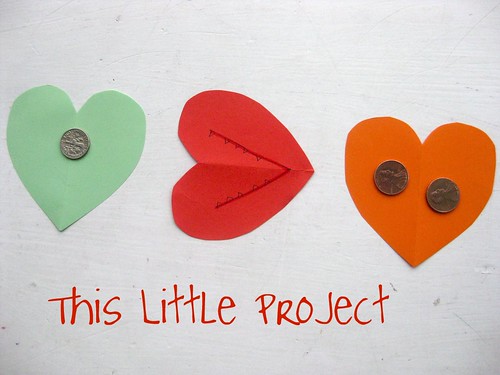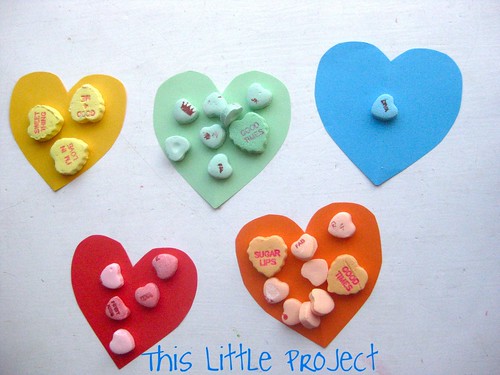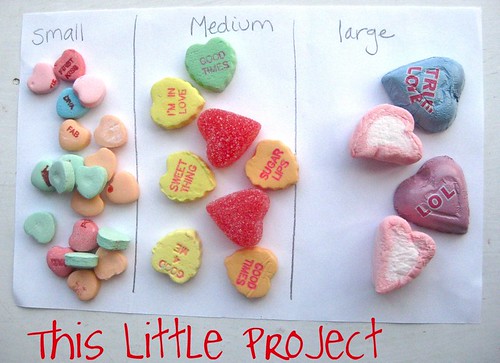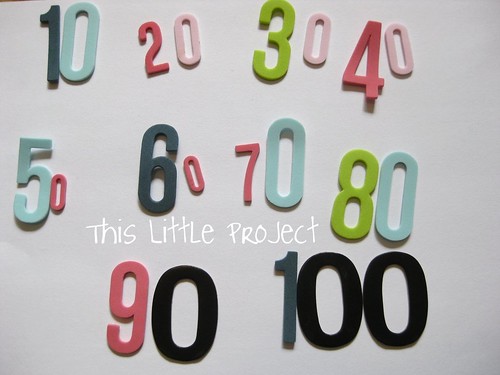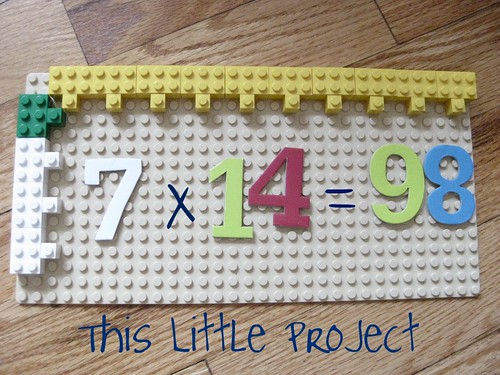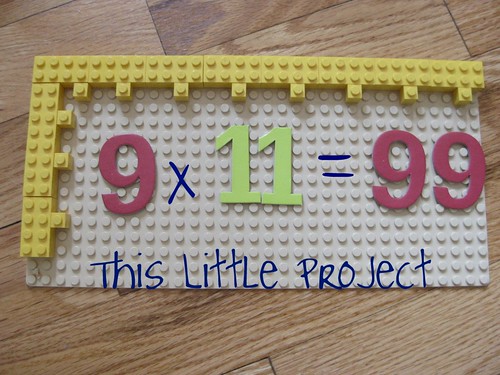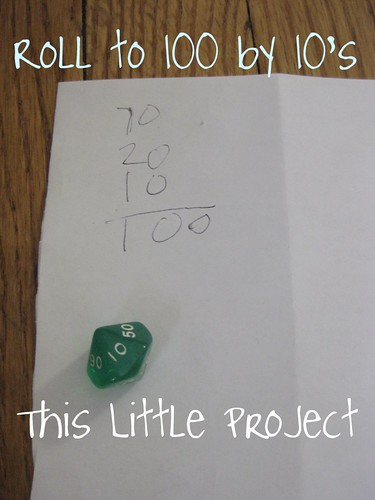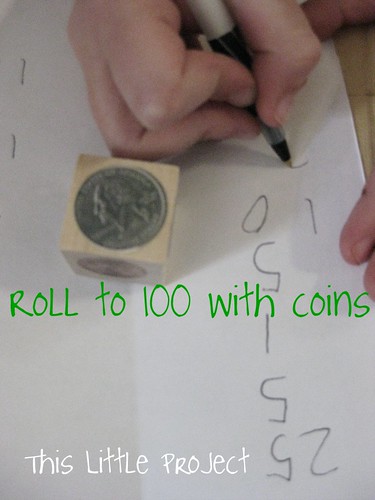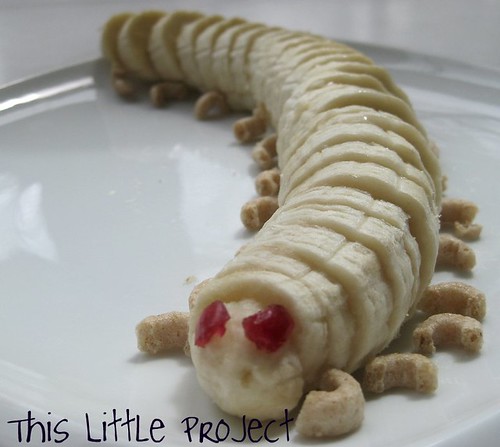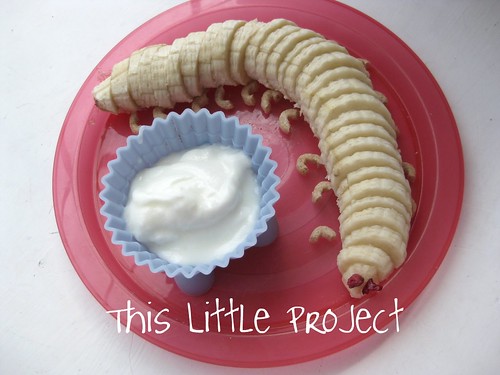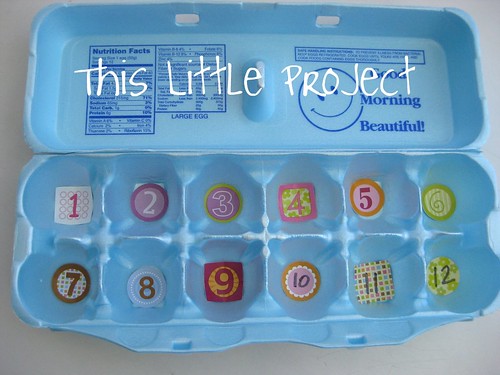Gingerbread Playdough
Ingredients
- 1 cup all purpose flour
- 1/2 cup salt
- 2 tsp. cream of tartar
- 1 tbsp. ground cinnamon
- 2 tsp. ground ginger
- 1 tsp. ground nutmeg
- 1 tsp. ground cloves
- 2 tbsp. vegetable oil
- 1 cup water
- 1 tsp orange extract {optional}
Instructions:
- In a medium saucepan whisk together dry ingredients. Next mix in the water, oil, and orange extract and stir until a thick batter is formed. Cook the mixture over low/medium heat until a thick dough forms. Turn out onto parchment paper and knead until smooth. Makes about 2 cups of dough.

I love having a dollar store cookie sheet (or two!) on hand. They are the perfect size for little ones and they loved putting their gingerbread "cookies" out on them.

My kids even started a "bakery" to sell their "cookies" and we had all kinds of math fun figuring out what the cost and what the change should be. Playing is a great way to learn :)









